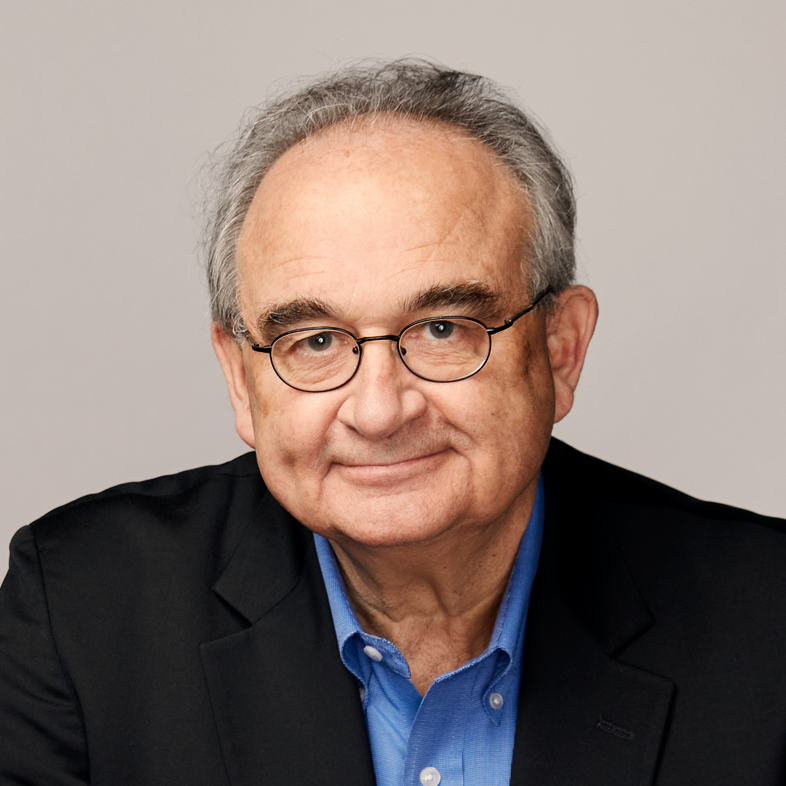Bob Rogers
Founder & chairman, BRC Imagination Arts

Photo: BRC Imagination ARTS
Everyone says story is king but few have any clue what a story actually is or whether they really have one – although they always imagine they do.
Talking about story vs technology, you may find it helpful to reframe the discussion this way: to create a hit attraction requires a balance of heart, image and technology (HIT). But there’s a hierarchy.
Heart essentially means story, or emotional impact. Since ‘story’ is so misunderstood and has so many unhelpful associations that don’t apply to attractions, it helps to say ‘heart’ instead, because, in the end, your visitor experience may not deliver a traditional story structure with a beginning, middle and end, but it must strongly engage your visitor’s imagination, interest and emotions.
Key recurring qualities in achieving ‘heart’ often include:
* Emotional engagement – it makes you feel something.
* Instant curiosity. It hooks you in the first few moments. You must keep watching to see what happens next because you care.
* It’s personal. Consciously or unconsciously, members of your audience can project some element from their life or their dreams onto the story you’re telling.
* It's about them, not you. Don’t try to show them how clever you are – instead, explore something about them, their world or their imagination.
Of the three elements in HIT, heart comes first because it’s the most important. The other two elements must serve heart.
The importance of image
Image can be spectacle or beauty or anything visually dazzling. But whichever it is, it must delight the eye and serve heart, never distract from it.
Technology means technical novelty, which magnifies the impact of heart but, once again, this works best in the service of story, never as a distraction from it.
In an overall attraction strategy, the superpower of image and technology is their ability to attract (sell tickets) and mesmerise an audience. The weakness of image and technology is that each new effect dazzles for a moment, but they lack staying power, so once the effect fades, you’d better have captured them with heart.
The alternative is to continue topping yourself up with one new effects, one after another, but that’s not always economically sustainable.
To capture and sustain visitors’ attention, the most powerful special effect is not a pyrotechnic or a hologram. It’s not projection or smoke or lasers or 3D or augmented reality. By far, the most versatile, powerful and sustainable generator of special effects is the imagination of your audience. If you can fire their imagination, if you can invoke its power (usually with a great story, well told) they’ll see and feel more than any visual effects wizard can put into an attraction.
That doesn’t mean you don’t need great images and great technology. It’s just that heart comes first, not last.
Advice from Walt Disney
That said, it’s wise to remember the legend about Disney-artist Herb Ryman who was one day struggling to understand some direction that Walt Disney was trying to articulate. As Disney started to leave, an exasperated Ryman said, “Wait. I’m still not clear. What do you want me to do?” Supposedly Disney turned back and said, “Just do something people will like.” Then he closed the door and left. In the end, that’s the best advice ever.
By far, the most versatile, powerful and sustainable generator of special effects is the imagination of your audience

